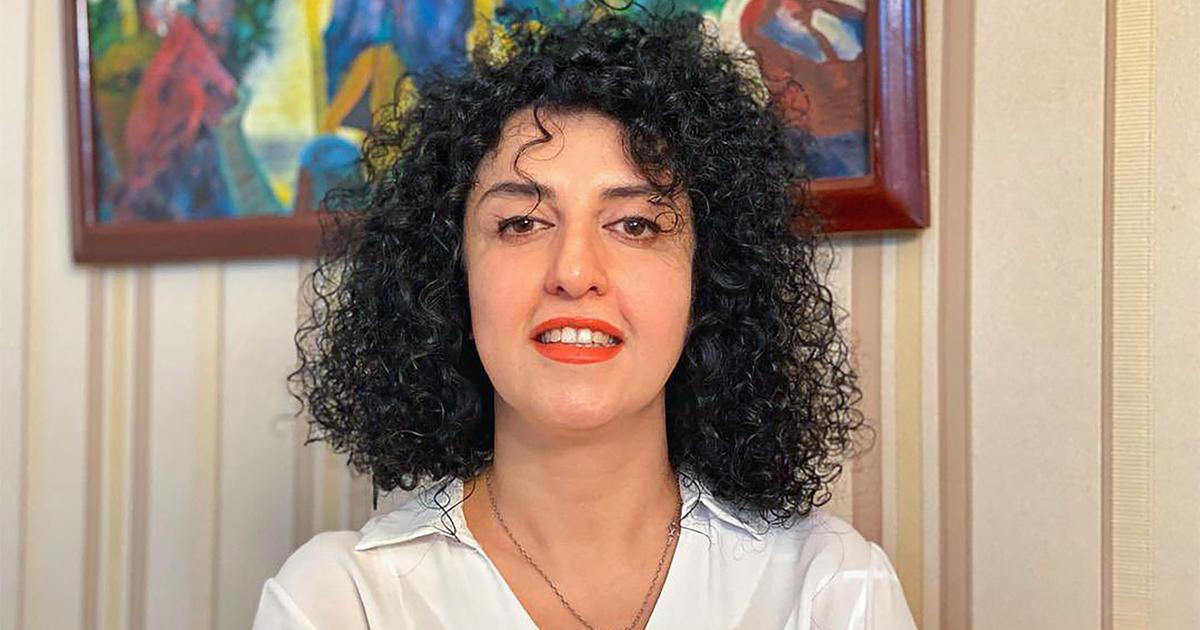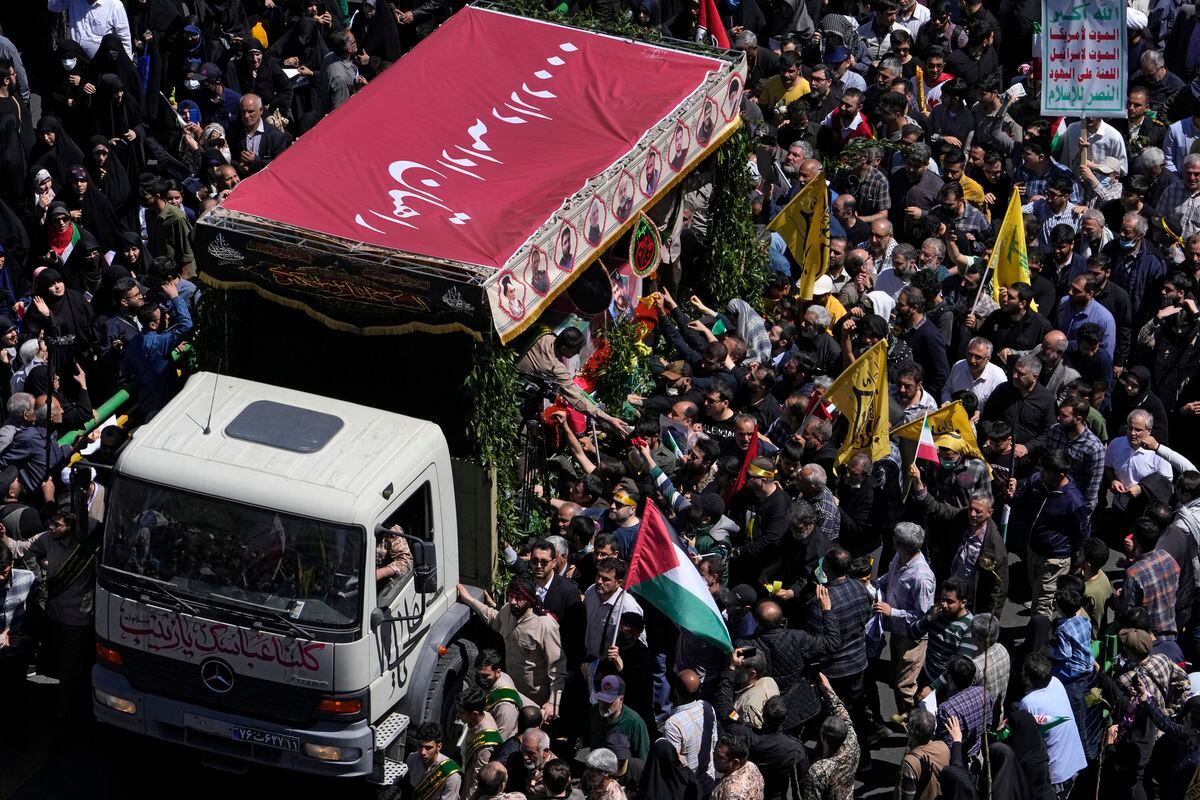His death set fire to the powder: arrested on September 13 by the morality police for a “badly put on” scarf, Mahsa Amini died four days later in detention.
Since then, a movement of revolt has been sweeping Iran.
In particular, he questions the law introduced since the Islamic revolution of 1979, which requires all women to wear a veil covering the head and neck and concealing the hair.
Despite the threat and pressure, many Iranian women in recent years have pushed back the veil and shortened their coats.
In the demonstrations that have multiplied since the death of Mahsa Amini, women are loudly proclaiming their right to freedom, chanting the slogan “Zan, zendegi, azadi” (“Woman, life, freedom”).
Azadeh Kian, professor of sociology at Paris Cité and director of the Center for
Read alsoIn video, Iranian women cut their hair and burn their hijab in protest after the assassination of Mahsa Amini
Madame Figaro
.- How to explain the uprising of Iranian women after the death of Mahsa Amini?
Azadeh Kian.-
It was the straw that broke the camel's back.
Mahsa Amini is the story of a young provincial, who came to visit the capital, who was arrested by the morality police for a badly put on veil, disappeared and died a few days later.
But the anger was already there.
Iranians have been demonstrating in the streets since 2017 to denounce corruption and the economic situation in the country, strangled by international sanctions which remain in place despite the agreement on Iran's nuclear file.
There is tremendous dissatisfaction with the existing regime.
It is nevertheless the first time that we hear slogans like "Woman, life, freedom", which place women's demands at the heart of the revolt.
Why is it the figure of the woman who crystallizes this revolt?
Because the Islamic regime in Iran is based precisely on the inequalities between women and men.
If we look at the laws passed after the 1979 revolution, the inequalities are flagrant.
Result: as soon as you claim equality, you express yourself against the foundations of the regime.
Ditto for the veil, which has become the symbol of the regime's power.
Today, when women challenge its compulsory wearing, Islamists feel threatened.
In video, demonstrations in Tehran after the death of Masha Amini
What exactly is the place of the veil in Iranian society and its meaning?
According to the precepts in force since the 1979 revolution, wearing the veil - bulwark of the Islamic Republic - is compulsory for women.
And since then, women have not stopped fighting for the freedom to wear it or not.
This is a claim that does not date from today.
On March 8, 1979, they were already hundreds to take to the streets to protest against this new law.
Me first.
On the other hand, what is changing today is that we are facing a generation of more educated women who have no intention of accepting this diktat.
Courageous and vindictive, the Iranian women will not be silent and continue the fight at all costs
Azadeh Kian, author of “Women and Power in Islam” (Michalon)
How do social networks participate in the revolt?
For the past decade, social networks have played a major role in the dissemination of demands.
More than 70% of the population has access to the Internet.
This is the reason why the regime tries to restrict the network, even to cut it off.
Read alsoIn Iran, the revolt against the veil turns into anti-regime protest
Can we believe that this protest movement succeeds in improving the condition of women in Iran?
Absolutely, I think these women who are on the streets, brave and vindictive, will continue their struggle.
They are not going to shut up and continue the fight at all costs, and by all means.
We can expect in the long term that there will be legal improvements of their conditions.
More and more ayatollahs are also opposed to abuses against women.
“We have given carte blanche to the morality police since 2021”
What kind of repression do women face on a daily basis?
There is the so-called Gasht-e Ershad or "morals police", which exists especially in the big cities.
Its role is to ensure compliance with the precepts of Islamic law, such as the wearing of the veil for women, the wearing of long sleeves, the prohibition for a young unmarried couple to hold hands... This police has existed since 1979 but it has become very repressive and very violent under the current government of Ebrahim Raisi, President of the Islamic Republic of Iran since August 3, 2021. The Gasht-e Ershad has been given carte blanche to repress and sow terror.
Before, that was not the case.
Read alsoZar Amir Ebrahimi: “In Iran, my life was shattered overnight because of a stolen video”
The young women are very educated, but the regime's discourse is clear: they remain wives and mothers above all.
Azadeh Kian
How have women's rights evolved since the Islamic Revolution of 1979?
There have been regressions in terms of women's rights: the minimum age for marriage has, for example, dropped from 18 to 9 years old.
However, women have never given up on the struggles.
The debates continued until 2002 when finally the minimum legal age for marriage was reassessed at 13, even though on average, according to Iranian statistics, women marry at 25.
At the same time, women have been removed from their posts.
This is particularly the case of jurists at the court such as lawyer Shirin Ebadi, human rights activist and Nobel Peace Prize winner in 2003, on the grounds that women were too sensitive or “unable to make rational decisions”.
No law exists to guarantee the rights of Iranian women?
The Civil Code embodies the Islamization of laws, which has resulted in the loss of many rights for women.
They are placed under the guardianship of men for life: the father first;
their husband then, when they marry.
According to the civil code, the woman is forced to obey her husband, which also includes sexual obedience.
From there, marital rape cannot exist.
Alongside this, women managed to maintain the right to vote which they had obtained in 1963 under the Shah of Iran after decades of struggle, as well as the right to work and education.
Still, in truth, the civil code considers them as enslaved to men.
And this, even though it is said that women and men are equal, except that it is also specified “according to Islamic precepts”;
to each of
Added to this is the fact that Iran has experienced very significant social changes since the Islamic revolution of 1979…
Until then, the country was very rural.
Today, the majority of the population has become urban: according to official figures, 75% of Iranians live in cities, while villages continue to empty out.
Moreover, it is estimated that the literacy rate in Iran is close to 100%.
Men and especially women are educated (
according to official statistics, more than 65% of Iranian university students are women, editor's note
).
However, Iranian women are prevented by all means from accessing employment, unless it is a profession directly intended for the female population, such as gynecologists.
It is real segregation.
And if the young women are very educated, the discourse of the regime is clear: women remain wives and mothers above all.
Erratic birth policy
As for access to contraception, it has been restricted from year to year. What is this indicative of?
Indeed, something very interesting is happening on the right to contraception.
In 1989, after the end of the war between Iran and Iraq (1980 - 1988), a census showed that the population had increased by nearly 15 million.
At the time, an Iranian woman gave birth to an average of 7 children.
The government did not have the means to respond to this increase, and family planning was implemented with the organization of massive campaigns.
The propaganda was to say: “Fewer children but alive”.
Women were taught to take contraceptives, which were distributed free of charge in all town clinics.
This policy lowered the birth rate from 7 to 1.6.
Today, Iranian women have fewer children than
in France and that does not at all please the Islamists in power, who favor a high birth rate.
Under the order of Supreme Leader Ali Khamenei, awareness campaigns were halted in 2015. Similarly, the right to abortion was restricted.
Previously authorized to married women if the pregnancy represented a risk to their health, abortion is now very limited.
Have these numerous restrictions had the desired effect?
Unfortunately for ultraconservatives, no!
According to statistics, the number of births has even decreased by 24% since 2014. Despite the restrictions, women resort to clandestine abortion, and try by all means not to get pregnant.
This demonstrates the gap that exists between the dictates of a very medieval regime and the desire for women's emancipation.

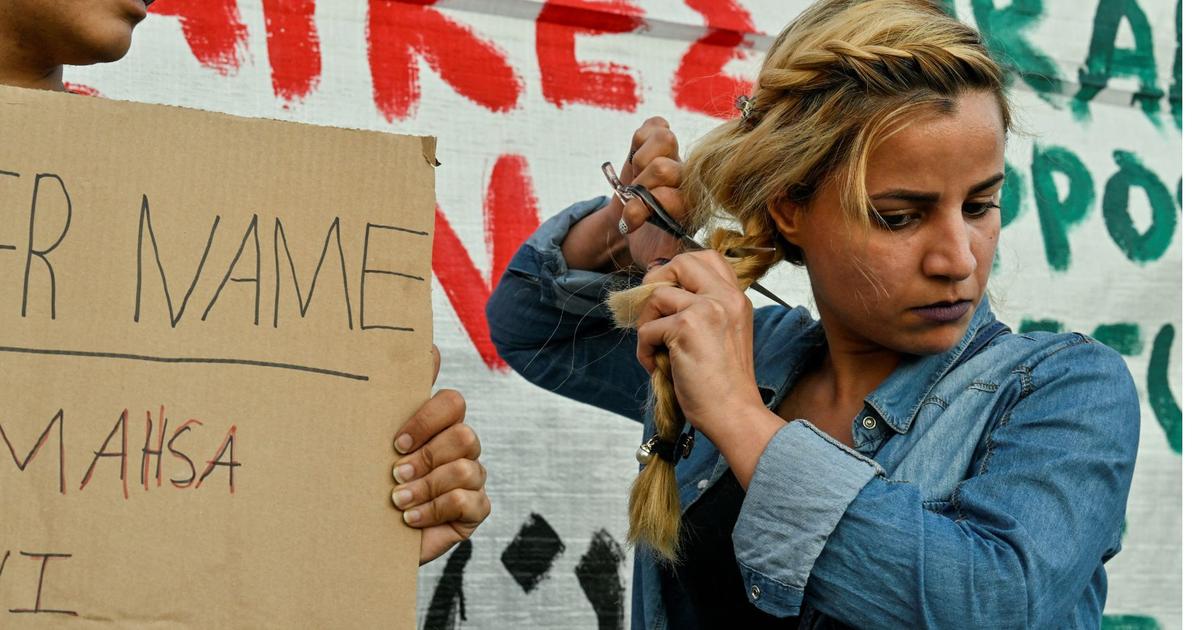
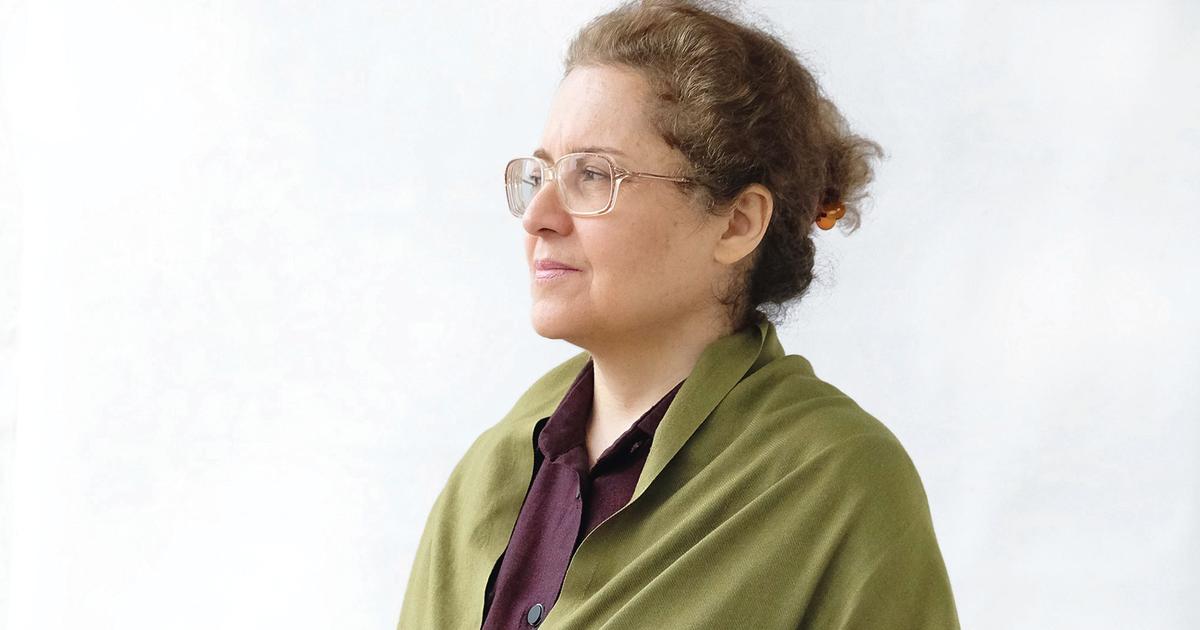
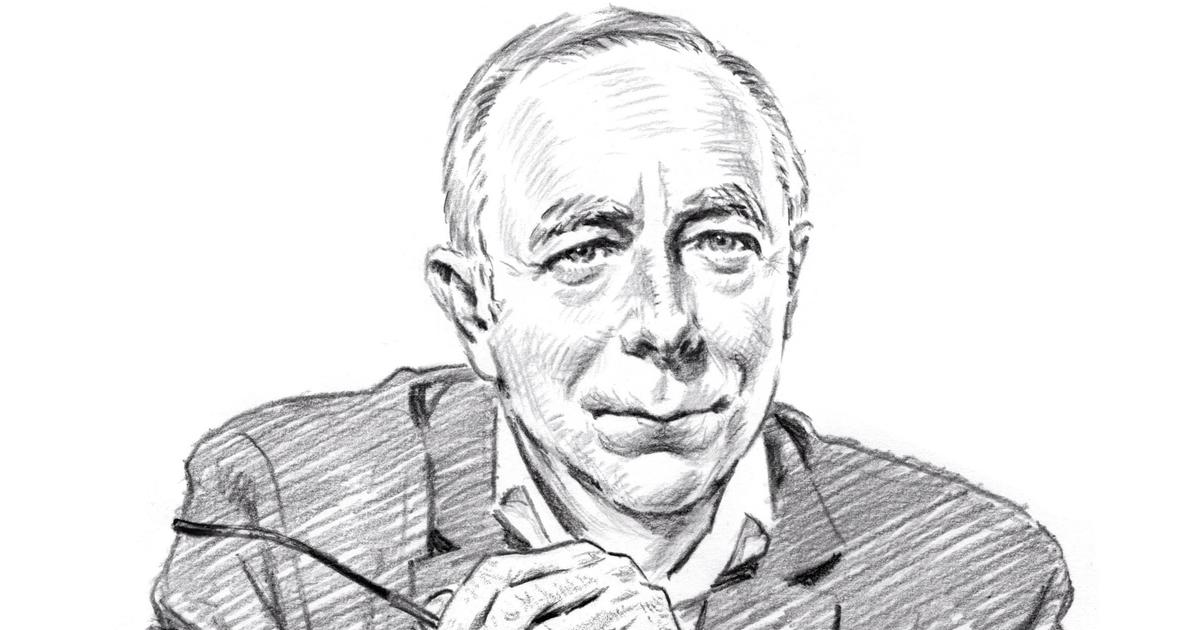
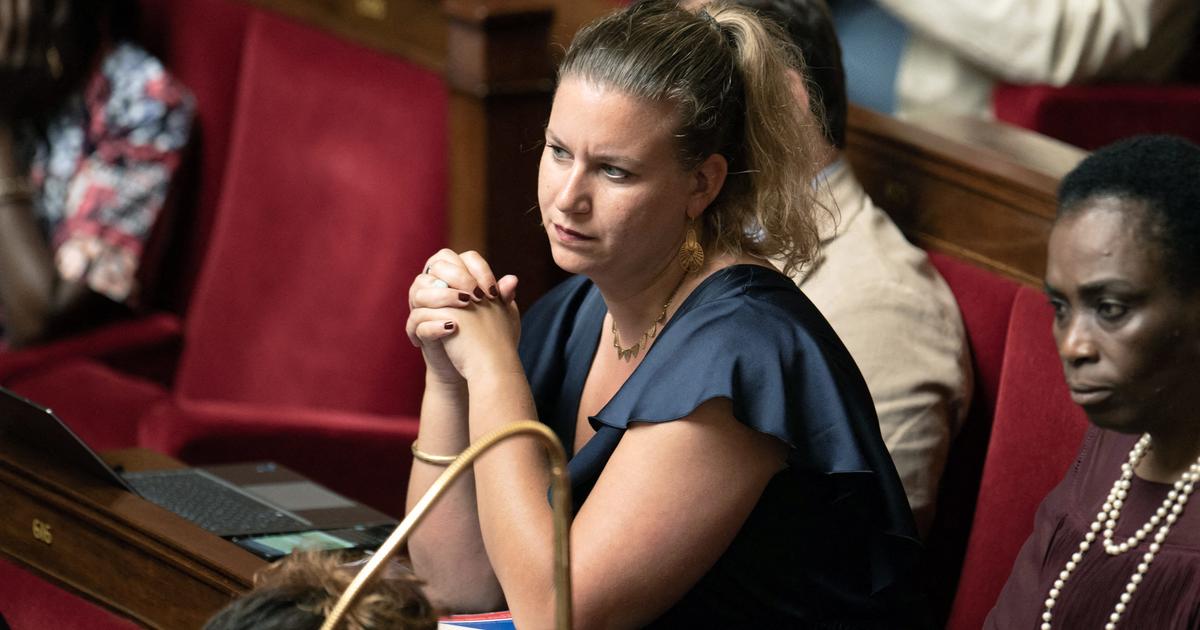
/cloudfront-eu-central-1.images.arcpublishing.com/prisa/RSDYMJQAS5HZZJNOQTAQ3E4FYI.jpg)


